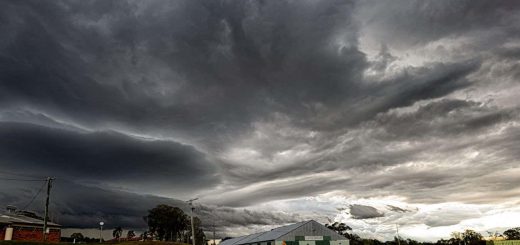Record broken for the coldest temperature reached by large molecules
Four-atom molecules glued together by microwaves have broken the record for being the most complicated molecule to reach temperatures just billionths of a degree away from absolute zero
By Karmela Padavic-Callaghan
31 January 2024
The vacuum chamber in which four-atom molecules were cooled to nearly absolute zero
Max Planck Institute of Quantum Optics
Molecules containing four atoms are the largest yet to be cooled down to only a hundred billionths of a degree above absolute zero.
The techniques researchers use for cooling individual atoms, such as hitting them with lasers and magnetic forces, don’t work as well for molecules. This is especially true for molecules made of many atoms, because to be very cold they must be very still – the more moving parts a molecule has, the more opportunities it has to move and warm up.
“We have a joke that we study molecules not because it is easy, but because it is hard,” says Xin-Yu Luo at the Max Planck Institute of Quantum Optics in Germany. He and his colleagues have now made four-atom molecules colder than ever before.
Advertisement
Read more
A bold new take on quantum theory could reveal how reality emerges
They started with several thousand molecules composed of one sodium and one potassium atom, which they confined in an airless chamber and cooled – that is, made very still – with magnetic forces and bursts of light. The coldest possible temperature is 0 kelvin, or absolute zero; these molecules were just 97 billionths of a kelvin warmer.
To turn these two-atom molecules into four-atom molecules, the researchers had to combine them in pairs without allowing them to warm up. They used microwave fields to “glue” molecules together based on theoretical calculations by Tao Shi and Su Yi the Chinese Academy of Sciences. “We really didn’t know if we could assemble these molecules, but Tao’s team did a calculation and he said to me, ‘this is possible, just try it’,” says Luo.


